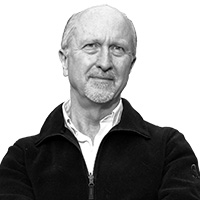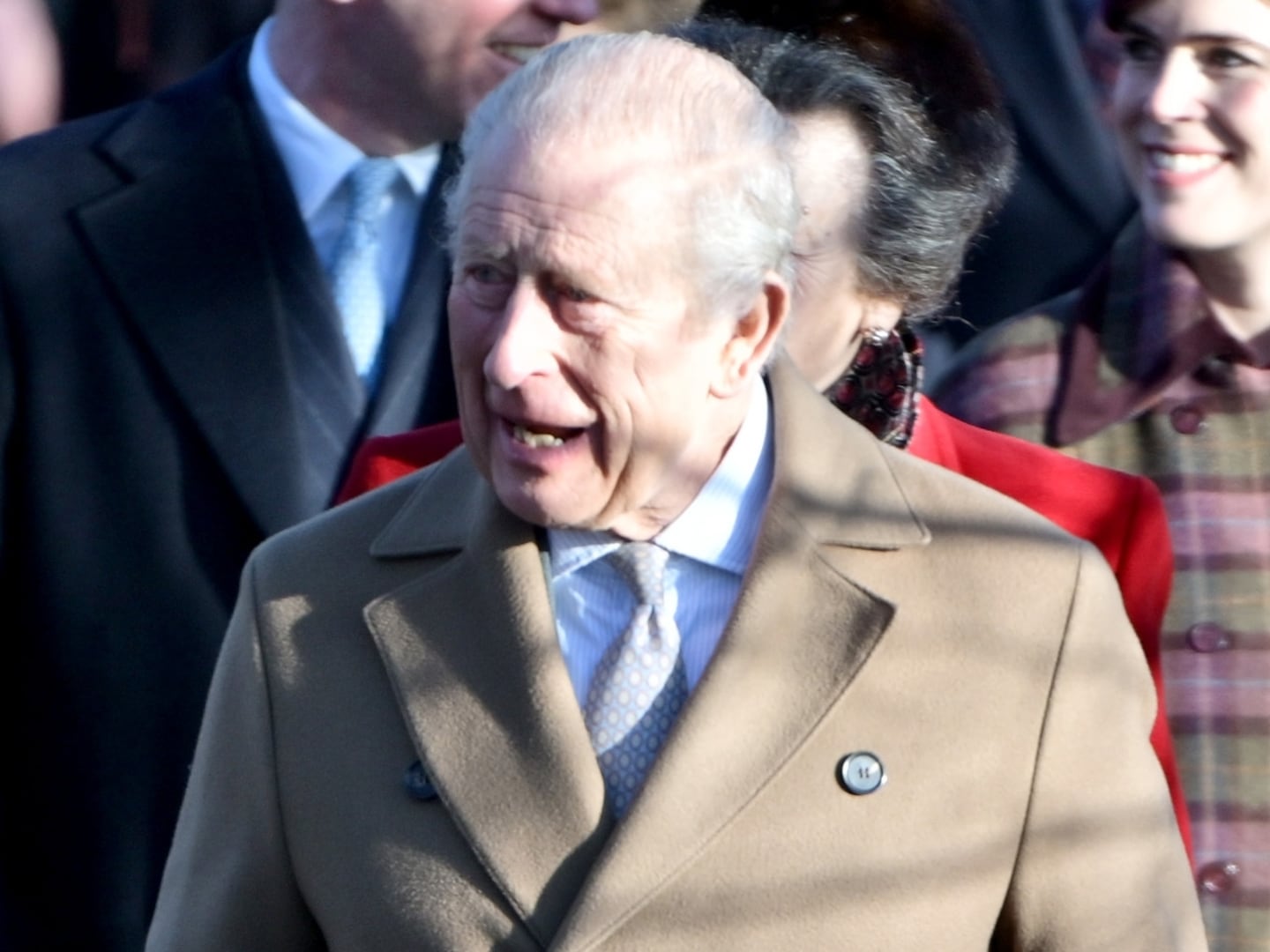PARIS — The shooter first tested the back doors of the Copenhagen café. He had checked out the scene before. But he couldn’t get in as people gathered last Saturday to talk about free speech and “blasphemy” in this new age of terror. One of those inside was a Swedish artist who had published a sketch of a dog with the head of the Prophet Muhammad. One was the French ambassador to Denmark, who was to talk about the Charlie Hebdo shootings in Paris in January. One was a documentary filmmaker, Finn Norgaard, known for his works about immigrants trying to adapt to Danish society.
The shooter went around the front of the building, and the precise sequence of events at that point is not entirely clear. If he had been able to get inside with his M95 assault rifle, believed to be from a cache of military weapons stolen in 2009, there would have been a much greater bloodbath. But the killer opened up from the street and the bodyguards of the Swedish artist returned fire, emptying their magazines. The shooter fled and Norgaard, shot in the chest, lay dying on the sidewalk. Cellphone video shows a passerby stripping off his own T-shirt, trying to use it to stanch the flow of blood.
Hours later, pretending to be drunk, the shooter sidled up to a security guard at Copenhagen’s main synagogue and shot him point blank in the head. Later that night, the police caught up with the killer, he drew his guns, and they shot him dead.
As Magnus Ranstorp goes back over the details of what happened in Copenhagen last Saturday, he finds in them some special ironies and some disturbing lessons.
Ranstorp, a scholar at the Swedish National Defense College, has spent his long career studying terrorist threats to Europe. He is part of the EU Radicalization Awareness Network, focused on the problem of Europeans joining ISIS and al Qaeda, and at the moment is participating in the conference on extremism that the Obama administration has convened in Washington. But in January, Ranstorp also became the head of a group set up in Copenhagen to identify and address the radicalization of young people there. His apartment in Denmark, as it happens, is just a few blocks from the murder scene at the synagogue. He and his family, like most of the people in the Danish capital, spent Saturday night locked inside their home.
As Ranstorp sees the threat that this sort of terrorism poses in the 21st century, it is far more complex than the catchphrase that headlined President Barack Obama’s remarks at the Washington conference: “We are not at war with Islam.”
Well, no, but this is a struggle against people pursuing a particular vision of the apocalypse that the so-called Islamic State has framed with Islamic dogma—a millenarian vision of the end of days that has been spun out through the fantasy worlds of cyberspace. (The ISIS video of a Jordanian pilot being burned alive, or 21 Egyptian Christians being beheaded on a Libyan beach, or the murder of Americans James Foley and Steven Sotloff—all were produced like slick teasers for some new video game.)
As Judgment Day approaches, ISIS has invited disillusioned young men—unemployed, disaffected, lost, or looking for a cause—to join with it in the final epic battle between good, represented by the version of Islam proclaimed by the self-anointed “caliph,” Abu Bakr al Baghdadi, and evil, represented by everybody else. They even think they know where it will begin, around the non-descript town of Dabiq in northern Syria. Lest anyone miss this point, the organization's online magazine is called... Dabiq. And the final climax of the battle between good and evil is supposed to come in Jerusalem, when Jesus descends from Heaven to kill the Anti-Christ. The whole narrative can be put across easily in the group's graphic novel caricature of the faith, and that simplicity makes it powerfully seductive. (Yes, much as the End of Days narrative based on the Book of Revelation is seductive for many fundamentalist Christians.)
“It’s like saying to a British person, ‘Look, we are going to invite you to the World Cup, not just to see the game, but to play in it,’” Ranstorp told me over the phone on Wednesday: in American terms, it’s Armageddon as the Super Bowl, and you, too, can score. Indeed, you can help by murdering people in the stands.
ISIS has combined this cyber-circulated vision of the impending apocalypse, on the one hand, with shrewd local politics in Iraq and Syria, Libya and Yemen, where it can exploit the rot of sectarian divisions and corrupt militaries. Whether locally, nationally, or internationally, ISIS adores a vacuum, especially a vacuum of leadership.
In the European and Western battlefield of ideas, as opposed to the new war zones of the Middle East and North Africa, Ranstorp believes the key to winning the fight is in the cities, whether Copenhagen or Paris, Brussels or Sofia. Communities have to be engaged, young people persuaded there are other, better futures, and those who have joined the ISIS or al Qaeda versions of jihad have to be not only “de-radicalized,” but brought into the struggle to keep others from joining.
The Danish city of Aarhus, home to the embattled Jyllands-Posten newspaper that published incendiary cartoons of the Prophet Muhammad in 2005, has led the way with these de-radicalization programs, causing many pundits to ask, after the Copenhagen shootings, if the Danish had been too soft on potential terrorists.
So the first question I asked Ranstorp was how this shooter, finally officially identified on Wednesday by police as Omar Abdel Hamid el Hussein, a 22-year-old thug fresh out of jail, slipped through the Danish counter-terror system. And Ranstorp was perfectly frank.
“He fell between the chairs, or responsibilities,” said Ranstorp. “There will be an inquiry.”
El Hussein had been a member of a gang, but some members thought he was too crazy for their liking. In 2013, apparently unprovoked, he took a knife and drove it into the leg of a 19-year-old kid on a train. He was caught later during a burglary. At El Hussein’s trial for inflicting bodily harm, the court noted he had many scars on his head, suggesting that he’d had a very rough upbringing as the Danish-born child of Palestinian immigrant parents.
There has been speculation that El Hussein adopted extremist views after he was imprisoned in 2014, but he had long been accustomed to regaling his acquaintances with anti-Semitic diatribes and, according to Ranstorp, “prison authorities say he was radicalized already. They said he wanted to join ISIS.” While El Hussein was in jail, those prison authorities informed the Danish Security and Intelligence Service, known as PET, that he intended to go to Syria. But the court released him to await final appeals and sentencing this summer.
Jens Madsen, the head of Danish intelligence, told reporters on Sunday that the shooter had been on PET’s “radar.” (The same had been true for the shooters in Paris in January: cops knew their records, but did not pay enough attention to stop them.) No effort was made to enroll El Hussein in a de-radicalization program. “Nothing kicked in,” said Ranstorp, and, as far as is known, no effort was made to track El Hussein’s activities. He was still being dealt with as a common thug. Then two weeks after his release, he opened fire on the café.
Ranstorp sees this as all the more reason to emphasize work at the local level. Work with local communities develops what Ranstorp calls “sensors” to detect young men on a path to radicalization. There have to be information centers where worried parents and neighbors can reach out, there have to be psychologists who understand the thinking of these young radicals, and, most importantly, there have to be mentors and activists who once were jihadists themselves. “To speak of radicalization, you have to have people who were formerly radicalized, who have the street credentials to be able to take on the ideology, to make these potential recruits have doubts, people who have a former extremism pedigree who actually talk the talk.”
At a time when many in Europe would bar anyone who ever went to Syria or Iraq to fight alongside ISIS from returning, no matter how disillusioned they might be, Ranstorp suggests the possibility of establishing a Europe-wide “former extremist network that can help authorities understand how to talk to [young would-be jihadists] on their own terms and press buttons in their own language that will be useful.”
If anyone had been following El Hussein on what are believed to have been his Facebook page and other social media, they might have spotted interesting nuances. El Hussein’s avatar was a white wolf baring its teeth, not a common choice for Arabs, who tend to prefer lions, but one often favored by violent extremists from Chechen backgrounds. Already that would be a dangerous sign, since some of the most ferocious of the ISIS fighters are believed to have come from the Caucasus.
Such identification is useful, if disturbing, once this real-world World of Warcraft is understood. As these young men see themselves, “They are heroes, they are strong: you advance your own character in this epic battle; you name yourself; you signal to others who participate virtually.” And then, you pick up an ax, a gun, or a bomb and you join the battle for real.





